Before I go into the different ideas for differentiation, understand that differentiation is overrated – there are many copy-paste businesses that can thrive as long as the founder/owner is capable of good execution.
That said, in a crowded landscape of competition, especially more so if you’re a hyperlocal business and are serving a saturated market. Some form of differentiation is always helpful. In lieu of differentiation, it’s also possible to stand out amongst your competitors by being distinct. Being distinct isn’t about pulling some publicity stunt, how you choose to be distinct still needs to align with your brand identity and values. Let’s dive into some examples of differentiation/distinction:
Product/Service Differentiation
I use the word product here, but it applies to service or Software as a Service (SaaS) as well. What are qualities or features that make your solution inherently different from other existing alternatives?
For example: Is your material more durable/waterproof? Does your AI create more realistic responses? Is your recipe more nutritious/allergy friendly?
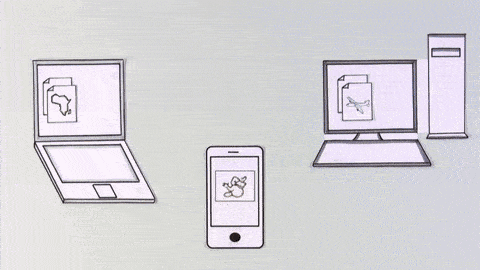
Dropbox stood out as an alternative way to share files via the cloud during a time of CDs/DVDs, USB, and fileshare services (MegaUpload, RapidShare, etc.).
Customer Differentiation
If you can’t differentiate on product, another possible option is to consciously differentiate yourself based on who you choose to serve.
For example: If you have a calendar booking system designed for doctors, who else might have similar needs? Perhaps dentists? They also have multiple rooms in their clinics and multiple practitioners. Perhaps you could pivot to serve them if they’re currently underserved.
Check out BookedIn‘s various targeted landing pages for their different customer segments for some ideas
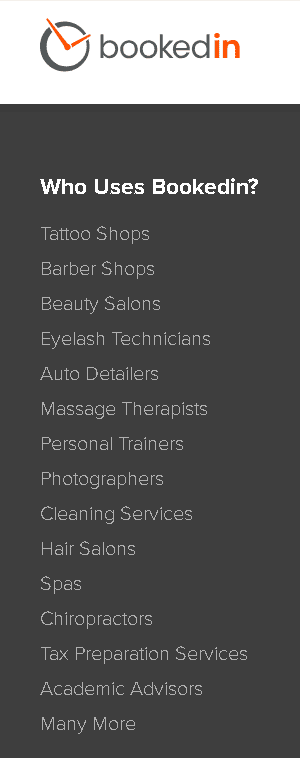
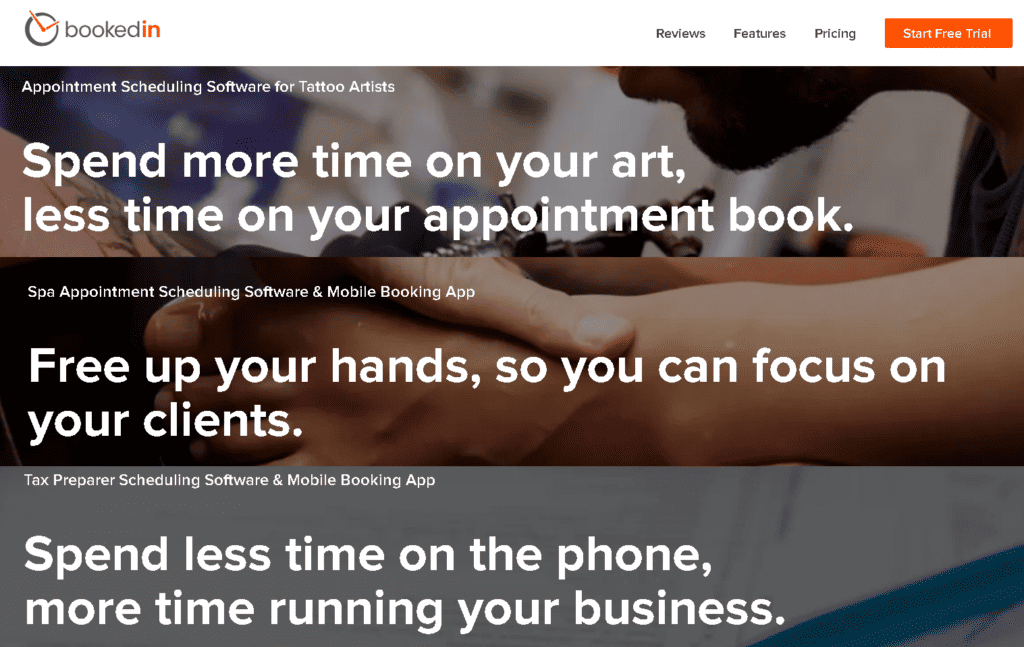
Operational Differentiation
Even if you’re able to manufacture at a fraction of the cost, I don’t encourage dropping pricing. Doing so only encourages a race to the bottom for the entire industry. Instead, consider how you can add value in other creative ways now that you have higher margins. Perhaps you can absorb costs in other areas to create more value-add for your customers.
If both the above aren’t of interest, another option might be to stand out by being able to do things differently.
For example: If you have unique processing, distribution, or other processes it might enable you to offer lower minimum order quantities (MOQs), faster/free shipping, produce pre-cut fabrics, or flexible financing.
Brand Differentiation/Distinctiveness
It’s also possible to stand out without being different. The key here would be to explore distinctiveness. Being distinct doesn’t require you to be better or different, it’s about associating your brand with certain qualities, values, or a sense of identity.
For example: Nike products aren’t that much different from Adidas or Puma. However, they’ve established amazing brand equity by emphasizing their partnerships with world renowned athletes and highlighting themselves as the go-to product for top performers.
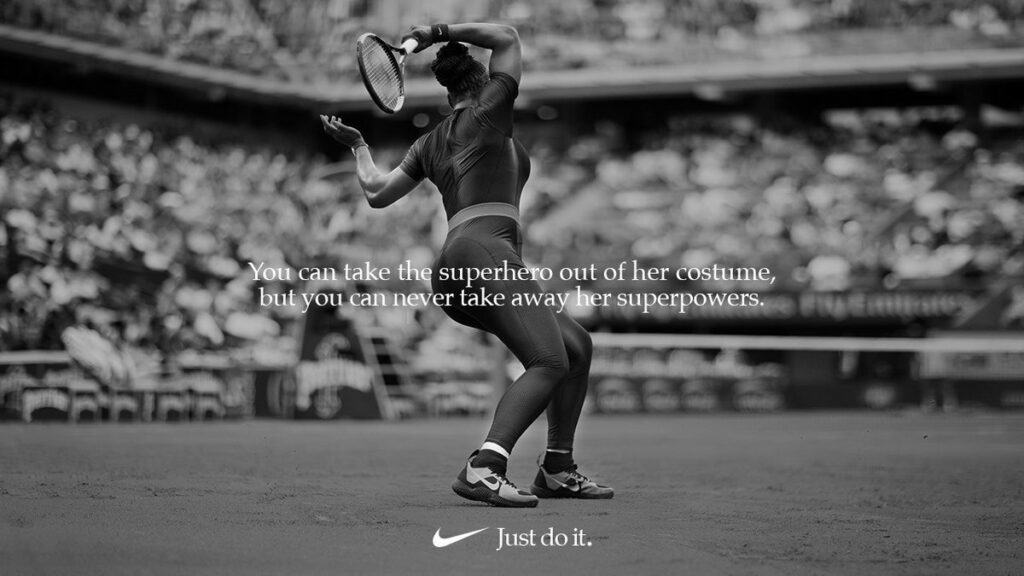
Apple is another similar example, they’re not much different from Dell or Samsung. They distinguish themselves by emphasizing empowering users to be different, being premium, exclusive, and highly attentive to detail/design.
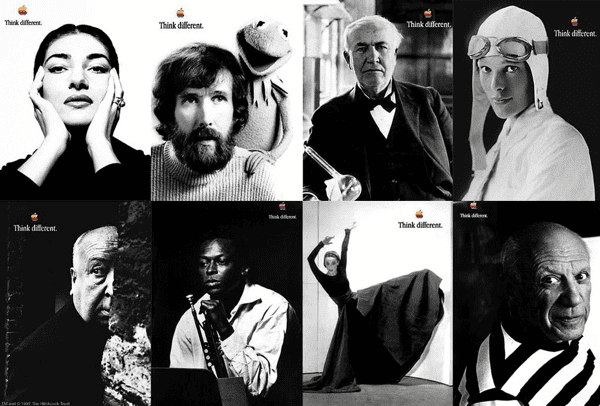
If you provide a raw material or some sort of manufacturing or processing service, consider moving towards delivering an end-product. By delivering an end-product, you’re able to more openly express your brand. This allows you to move away from pricing that’s limited primarily by cost and instead associate it with a specific identity or lifestyle.
Read ECOSOI’s Case Study here for a real-life example of an early-stage social impact business exploring competitive differentiation.
Competitive Defensibility
While we’re on the topic of competition, here are some quick tips on building defensibility (which akin to distinctiveness, doesn’t require differentiation).
Differentiation or distinctiveness are features of your Unique Selling Points (USPs). Defensibility on the other hand, is about preventing your customers from being poached by alternative providers. Here are 3 tips:
Brand Identity
Ideas, design, and technology can be replicated. A reputation/brand however is much harder to mimic. Counterfeits and copycats will eventually enter the market but consumers will still prefer to buy from you because of the trust and quality that your brand embodies. It’s more important to move fast to establish this reputation early rather than being overly stealthy and hung up on IP.
Example: Lululemon isn’t the first and certainly not the last technical apparel. They’ve done an excellent job with clearly cementing their brand identity in that space.
Community
Leverage community mechanics whereby you’re getting your users/customers to be a part of something that’s bigger than themselves (and even possibly something that’s bigger than your brand). Communities are sticky. It’s hard for someone to move into another community (even if it’s for a similar cause/topic that they’re passionate about) because they’ve already established relationships and their reputation in their current community. All this needs to be done again from scratch if they migrate to another community.
Example: RedBull has done a great job cultivating the extreme sports community through sponsorships, strategic content, merchandising, and community enablement activities like organizing events, discussion forums, and more.

Integrate
How can you tie your solution into your customer’s existing workflows/systems/processes/technologies. The tighter your integration, the harder it is to switch to an alternative because it would require reorientation, training, and reintegration.
Example: If you sell accounting software, consider providing invoicing, payroll management, POS (Point of Sale) solutions. These are additional features that you could include or strategic cross-sells that add more value to your customer whilst reducing the likelihood of them seeking alternatives.
Eventbrite is another example: Not only event publishing, but also attendee tracking (custom registration questions, check-in), pre/post event communication, and event marketing.
Hubspot yet another: Not only a CRM, but also a landing page builder, a social media dashboard, workflow automation, a sales pipeline, and more.

Pingback: Interesting Innovations & Case Studies in SE Asia - ClassyNarwhal
Pingback: The Asian Entrepreneurial Mindset - ClassyNarwhal
Pingback: Observations and Lessons from Vietnam's Startup Ecosystem - ClassyNarwhal
Pingback: Advisory Email - May-Aug 2023 - ClassyNarwhal